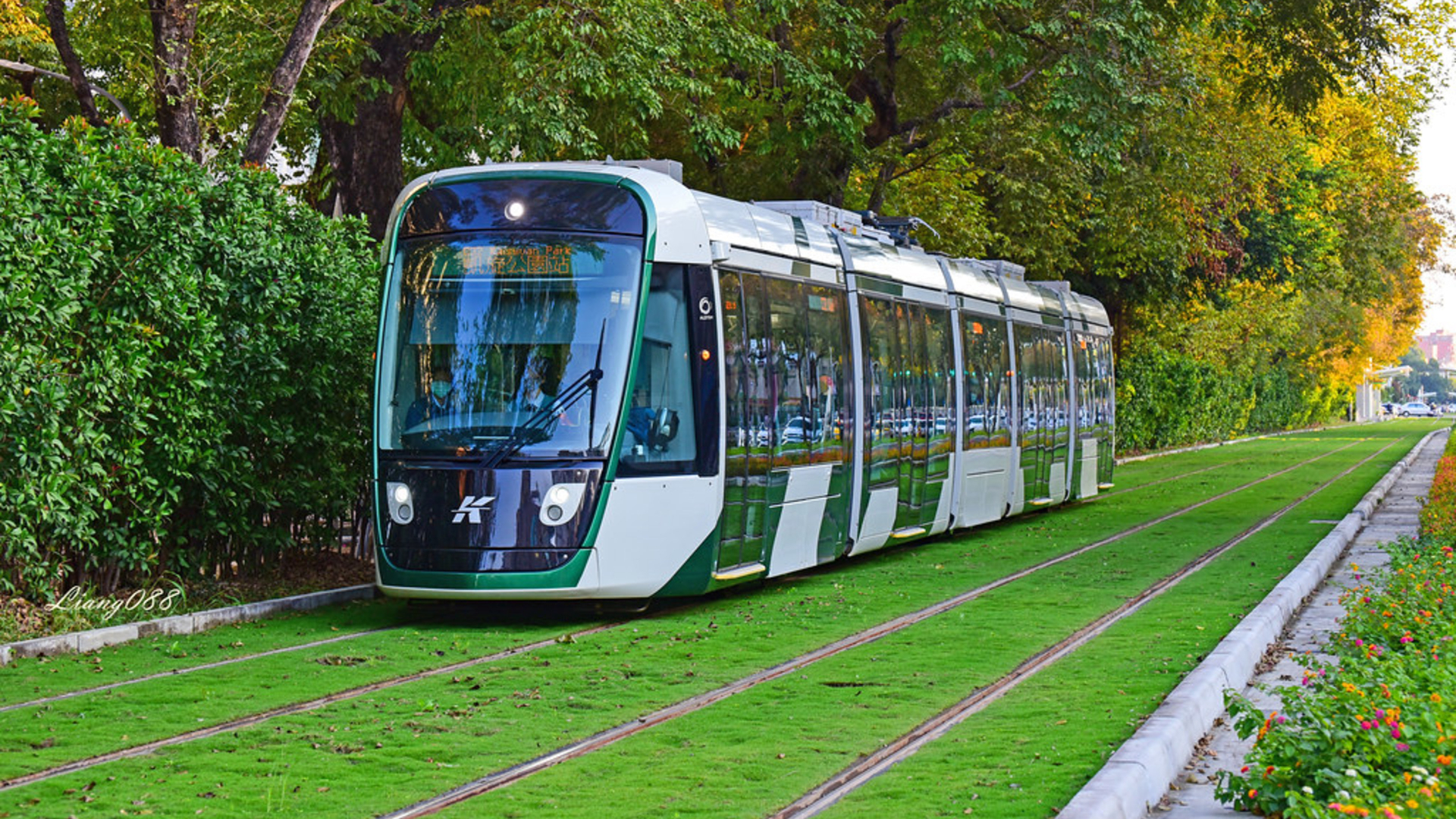Taiwan is a wonderfully diverse island where you can have a vast range of experiences, even on a single day. With this in mind, this article focuses on how viable it really is to travel and explore Taiwan using only bus and train. Taiwan without a car: what expat’s and world travelers must know.
The efficacy of public transport naturally varies significantly in different areas of the country. We therefore will focus on the five key areas of Taiwan; the Northern region of Taipei, the Central region of Taichung, the Southern region of Kaohsiung, the East Coast and finally the rugged and remote central mountains.
Taiwan Without a Car: Taipei and the North

It seems natural to start with the most convenient area of Taiwan. Indeed, those who travel to or live in this area might find it easier to go without a car. With an extensive bus, rail and MRT system that covers every area, from Taoyuan International Airport in the West to Tamsui Seaside Town in the North, using public transport is easier and cheaper than renting a car.
The MRT is convenient. With its six major lines; it covers all the places you’d wish to visit in the capital, and its smaller neighbor, New Taipei City. Much like the rest of Taipei, the capital’s MRT system is extremely English-friendly, with all stations having signs both in Chinese and in English.
For the sake of simplicity, when using this system and all of Taiwan’s public transport, it is best to purchase an EasyCard immediately upon arrival. You can pick one up at any convenience store and with it, use almost all of Taiwan’s public transport networks without the hassle and complications of buying a ticket. Once you put a few hundred NTD onto the card, the affordability of Taipei’s MRT will amaze you, especially with a day’s usage for under 200NTD ($6USD).
Taiwan Without a Car: Taichung and the Central Region
It’s only when you visit Taiwan’s third-biggest metropolis that you’ll realize why Taiwan is the scooter capital of the world. Indeed, most Taiwanese in many cities, Taichung included, choose the convenience of scooters over a far from convenient or extensive public transport system. Whilst the recent completion of a Metro line that crosses the urban sprawl of Taichung has improved the city’s transport prospects, it is still difficult to get around using only public transport. The bus system covers most of the city’s spread-out districts, but its services are, although very cheap, often late and slow.
Taiwan Without a Car: Rural Taiwan
Public transport coverage in the rural hinterlands of the central region is even more limited. My small city of 110,000, Yuanlin, has a train station. But a nearby friend who lives in the historic town of Lukang faces a 45-minute bus ride just to get to the nearest train station. Having your own wheels is certainly preferable when visiting or living in such rural destinations.
Taiwan Without a Car: Kaohsiung and the Southern Region
Taiwan’s second-biggest and southernmost city is far better than Taichung for traveling without your own wheels. The seaside city has two MRT lines and one LRT (Light Rapid Transit) line, which covers most of the city’s districts. Although the routing of the bus network is far less efficient, you wouldn’t have too many problems reaching the city’s major sights. Whilst most of my foreigner friends in Kaohsiung have a scooter for convenience and to travel outside the city, it is viable to go without.

Kaohsiung’s Southern neighbor of Tainan is, although only a 45-minute train journey away, a world apart in terms of the efficacy of its public transport. Of the country’s four major cities, the old capital of Tainan, is undoubtedly the least modern in most respects, transportation included.
Although the bus system here is better than Kaohsiung’s, it is still preferable to get around by taxi, bike, or even walking. In my experience, you can reach most of Tainan’s sights using the government-provided T-bikes or per pedes. Although this may not be the best option during the height of Taiwan’s scorching summers, it has the benefit of being able to explore Tainan’s fascinating old streets and buildings under your own steam.
Most of Taiwan’s cities are spread-out, which makes walking impossible. But Tainan is relatively compact.
Taiwan Without a Car: The East Coast

If there is one region in Taiwan where it is infinitely preferable to rent a car or scooter, it is here. Although train services are decent between the two seaside cities of Hualien and Taitung, the options for road-tripping this section of coast simply cannot be missed.
Both, the number 11 coastal road and the number 9 inland road through the East Coast Rift Valley, are legendary for their road trips. By getting off the beaten track and away from the transport links, you’ll be rewarded with stunningly rugged coastal landscapes and beautiful agricultural valleys.
Taiwan Without a Car: The Central Mountains
Whilst it’s certainly possible to have a decent crack at exploring the East Coast without your own wheels, the Central Mountains and its stunning national parks and forest areas of Yushan, Hehuanshan, and Taroko will usually require you to rent a car or scooter. If you wish to visit the stunning Sun Moon Lake in Nantou, however, transport links via bus are very reliable from Taiching HSR station.
What are your experiences of traveling or living in a foreign country without your own vehicle? Do you prefer the freedom of your own wheels, or the convenience of public transport? Let us know!
by: Oliver Sanders


